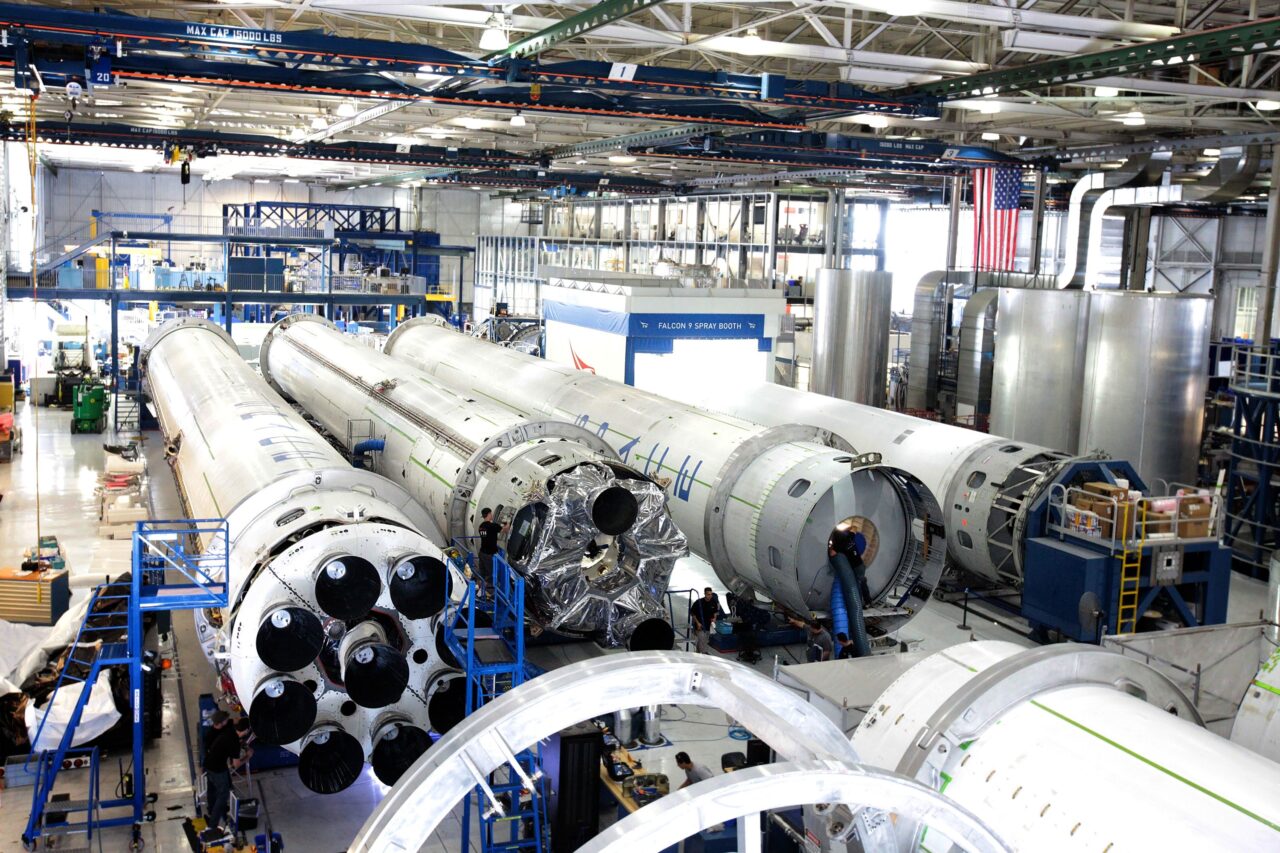Equipment Financing
Most operating businesses requires equipment. Whether you’re a graphic designer who needs a laptop with specialized software or the owner of a construction company who needs excavators, dump trucks, and graders to get the job done, it will require money to keep your business equipped.
Equipment financing can help cover the expenses related to your business operations. The smallest of these loans can be $5,000, while the maximum amount can go all the way up to $5,000,000. This wide range of loan sizes makes it possible for you to target just the right equipment for your business.
These products can be a great financing option when you need money in a hurry, as the funds can hit your account in as little as 24 hours after approval. The interest rates on equipment financing can start around 6%, with repayment terms ranging from 1-5 years.
Most lenders will seek collateral for the loan, though the unique structure of equipment financing makes it so you won’t need to risk personal assets such as a vehicle or home. Why? Because the equipment you’re buying will serve as the guarantee on the loan. As long you make your payments, you’ll be in the clear. If you were to default, the equipment would become the property of the lender.
Given their borrower-friendly timelines, don’t be surprised if you pay more for a short term loan than you would for a standard-issue loan product. The interest rates often begin around 12%, but it all depends on your unique situation. Repayment is conveniently handled via an ACH debit on a weekly, semi-monthly or monthly schedule.
There can be substantial prepayment discounts on short term unsecured loans. Additionally, your payments can build business credit and the interest can be tax deductible. Be sure to consult with a financial advisor on the best way to deduct the interest when it’s time to file your taxes.





